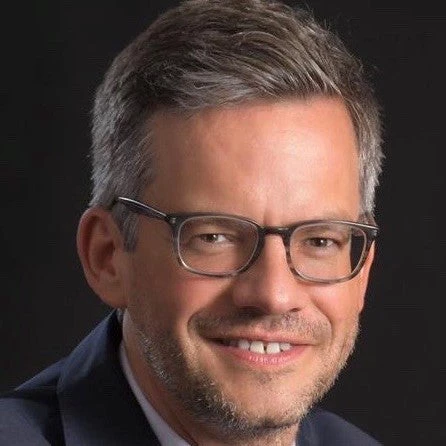 Photo: Dennis del Castillo / Research Institute of the Peruvian Amazon (IIAP)
Photo: Dennis del Castillo / Research Institute of the Peruvian Amazon (IIAP)
Attending the Biodiversity COP in Cali, Colombia, in October was like a homecoming for us. It was in the country where one of us (Erwin) lived three happy years, and the city where the other (Ana Maria) was born.
Knowing a place and its people well underscores the value of human relationships. These relationships are central to a theme that ran through all the events we attended: partnership.
Partnership is critical to overcoming the triple crisis facing our planet: biodiversity, climate and pollution. Regardless of the session at COP 16, the theme, or the speaker, there was a strong willingness to be part of multi-country, multi-sectoral and multi-stakeholder groups and networks; and to form partnerships towards accomplishing realistic, common goals. The Cali salsa music might be powerful, but so too was the need and urgency to join forces to overcome these crises.
Partnerships can take many forms. They can range from informal commitments, sealed with a handshake, to formal agreements in a legal contract. In all cases, it’s not easy. It requires trust, the right attitude (empowering your added value, while keeping your ego in check), the right people (champions willing to meet, commit and follow up), and the resources (time and money). Frequently the process is as important as the end product.
Saving the Amazon without partnerships is unthinkable. As the world’s largest rain forest, it is a single ecological unit taking no heed of country borders. The threats and challenges cross these borders. Actions in one country that ignore the regional dynamics can be negative for another country. Conversely, having the solutions and common vision cross borders will contribute to conserve and protect the Amazon.
Partnerships have been central to our work for more than three decades in the Amazon. Working with diverse stakeholders, has helped catalyze many partnerships and brought innovative financing mechanisms. A key enabler of partnerships is the Amazon Sustainable Landscapes Program (ASL), with US$320 million in grants from the Global Environment Facility and almost US$2 billion in cofinancing from each national government, World Bank, GCF, USAID, NICFI, KFW, GIZ, UK and Moore Foundation to name a few public, multilateral, bilateral and philanthropic organizations. At COP16, we had a full house of partners celebrating the almost 10 years since the approval of the ASL. A key message at this event was that the Program’s results were made possible largely because of the ASL’s partnership structure that leads to strong relationships among stakeholders at many levels both within and among countries.
Partnerships have delivered results. To give a couple of the many examples: partnerships fostered by the ASL —and others— led to roadmaps to address the damage from illegal small scale gold mining in the Amazon. These were agreed among representatives of governmental and non-governmental organizations, indigenous communities, academics and researchers from Brazil, Colombia and Peru, aiming to restore degraded ecosystems, support vulnerable communities affected by mercury contamination and build government capacity. Also, and as result of partnership towards a common vision, governments, civil society organizations and communities from Brazil, Colombia, Ecuador and Peru trusted the World Bank to support the collective effort towards integrated management of the Putumayo-Ica river basin.
With the ASL, partnerships and agreements are being strengthened among numerous groups. This includes women living in different areas/countries, fisherfolk, park rangers across the Amazon, scientists from around the world, donor institutions, and parliamentarians from Amazon countries. These partnerships provide information and opportunities for dialogue towards setting common views and goals. One cannot underestimate the power of getting such diverse groups to push in one direction. It’s a first step towards innovation and change.
Moving forward, we are deepening and broadening our work through the recently launched Amazonia Viva program, which includes the ASL and all World Bank Group work in the Amazon region. This will scale up partnerships across all groups, from small ones up to the key broader organizations such as the Amazon Cooperation Treaty Organization.
Partnerships fostered by the World Bank Group will result in more impact and scale. We can bring global knowledge and more finance. Our aim will be to offer the optimal mix of public, private, market, and non-market financing. This will be necessary to implement the Global Biodiversity Framework, which sets 2030 targets, while addressing sovereign debt distress and increasing capital for nature.
The innovative financing from more ambitious partnerships is already happening. IFC, a member of the World Bank Group, announced the world’s first biodiversity bond of $50 million in Colombia. At COP 16, the Inter-American Development Bank (IDB) and the World Bank presented basic guidelines for capital markets instruments called Amazonia Bonds. These will mobilize private capital for the sustainable development of the Amazon region.
The spirit of partnership at COP 16 is becoming a reality. Let’s all work together to make that reality come sooner. Let’s become “parceiro and parceros” (partners in Portuguese and great friends in colloquial Colombian slang).



Join the Conversation